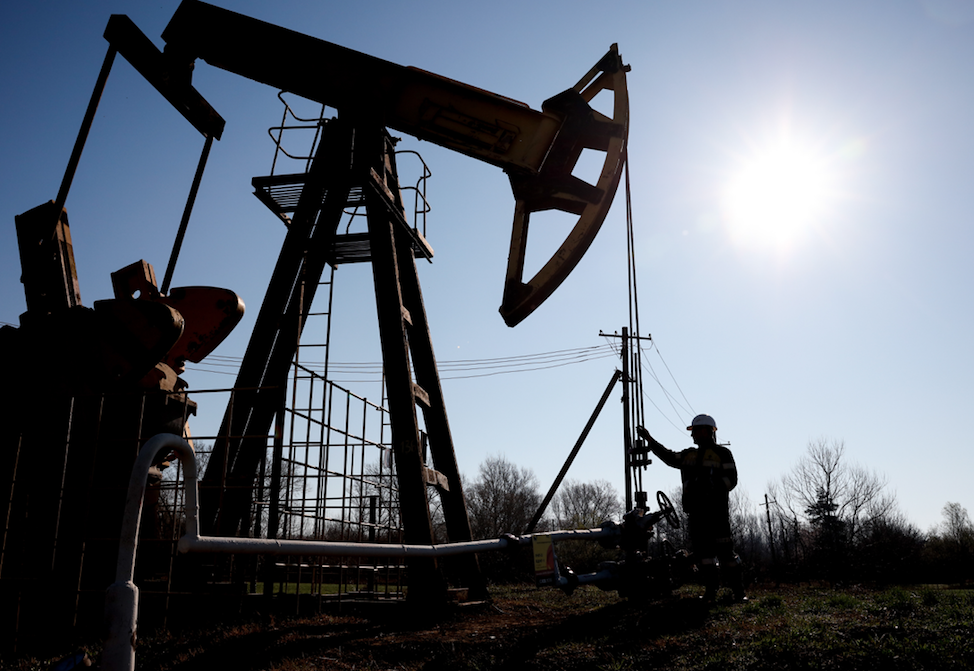(BFM Bourse) – Since November 2022, OPEC and its allies have drastically reduced their production to support oil prices. But this decision had only a limited impact on the black gold market, as several factors tend to anesthetize prices.
OPEC+, which includes the Organization of the Petroleum Exporting Countries and its allies including Russia, and which extracts around 40% of the world’s crude, has been cutting oil production since November in the face of falling prices.
Saudi Arabia and Russia, the world’s largest oil exporters, decided on Monday to further cut production to support prices, a move that only had a temporary impact on prices.
These two announcements bring to more than five million barrels per day (bpd) the production cuts agreed by the members of OPEC+, or around 5% of world oil production.
In April, the organization had indeed announced an agreement intended to limit the supply until 2024, a surprise announcement which had helped to increase prices by around 9 dollars, to more than 87 dollars a barrel of Brent in the days that followed.
A decision with little effect on prices
Those gains were not sustainable, with Brent trading at just under $78 a barrel on Friday. Eurasia Group analysts say further cuts “will do little to change the pessimism of a market worried about oil demand in the second half of the year.” Here are the main reasons why OPEC+ production cuts are failing to lift oil prices significantly.
Chinese data raise concerns about the dynamics of the economic recovery of the world’s second largest oil consumer. “China’s economic recovery from the lifting of coronavirus restrictions has been significantly slower than expected, although Chinese oil demand data has been robust,” said Commerzbank analyst Carsten Fritsch.
Chinese oil demand is catching up with last year’s slump, and that robustness is likely to erode once that catch-up ends, the analyst said.
Higher interest rates may be needed to fight inflation, central banks in developed countries have warned. Higher rates reduce consumer disposable income and could result in lower transportation spending, which would limit oil demand. They are also weighing on manufacturing activity, and indicators suggest that this slowdown is already underway.
“Factories are struggling around the world: the sector is contracting in Japan, the euro zone, the United Kingdom and the United States, while it slowed in China last month”, underlines Tamas Varga, analyst at PVM.
Investors are therefore not expecting a major rebound in oil demand in the second half. Forecasts that anticipate that oil stocks will be called upon to meet demand are also called into question by the markets.
“The International Energy Agency and OPEC continue to forecast withdrawals of around 2 million barrels per day (bpd) (…), the credibility of these forecasts diminishes over time, and the markets will have to be convinced (that demand will hold) for a meaningful correction to occur,” say Eurasia analysts.
Saudi Arabia’s warning against speculators
Faster-than-expected growth in US oil production capped prices. The Energy Information Administration expects U.S. crude oil production to rise 720,000 bpd to 12.61 million bpd this year, with the agency’s previous forecast calling for growth of 640,000 bpd. In 2018, US production reached 10 million bpd.
In 2020, Saudi Energy Minister Prince Abdulaziz bin Salman warned investors taking short positions in oil, saying speculators would find themselves in “hell”.
The minister reiterated his warning ahead of the June 4 OPEC+ meeting, saying speculators should “beware”, a statement interpreted as a signal that OPEC+ would cut output to support prices and punish speculators at the decrease. Investors nevertheless continue to reduce their long positions.
Long positions in Brent and WTI have fallen to 231,000 contracts, only 48,000 contracts more than the low reached in March 2020 triggered by the “panic collapse of prices during COVID”, according to analyst Ole Hansen of Saxo Bank.
(with Reuters)
SS – ©2023 BFM Bourse
